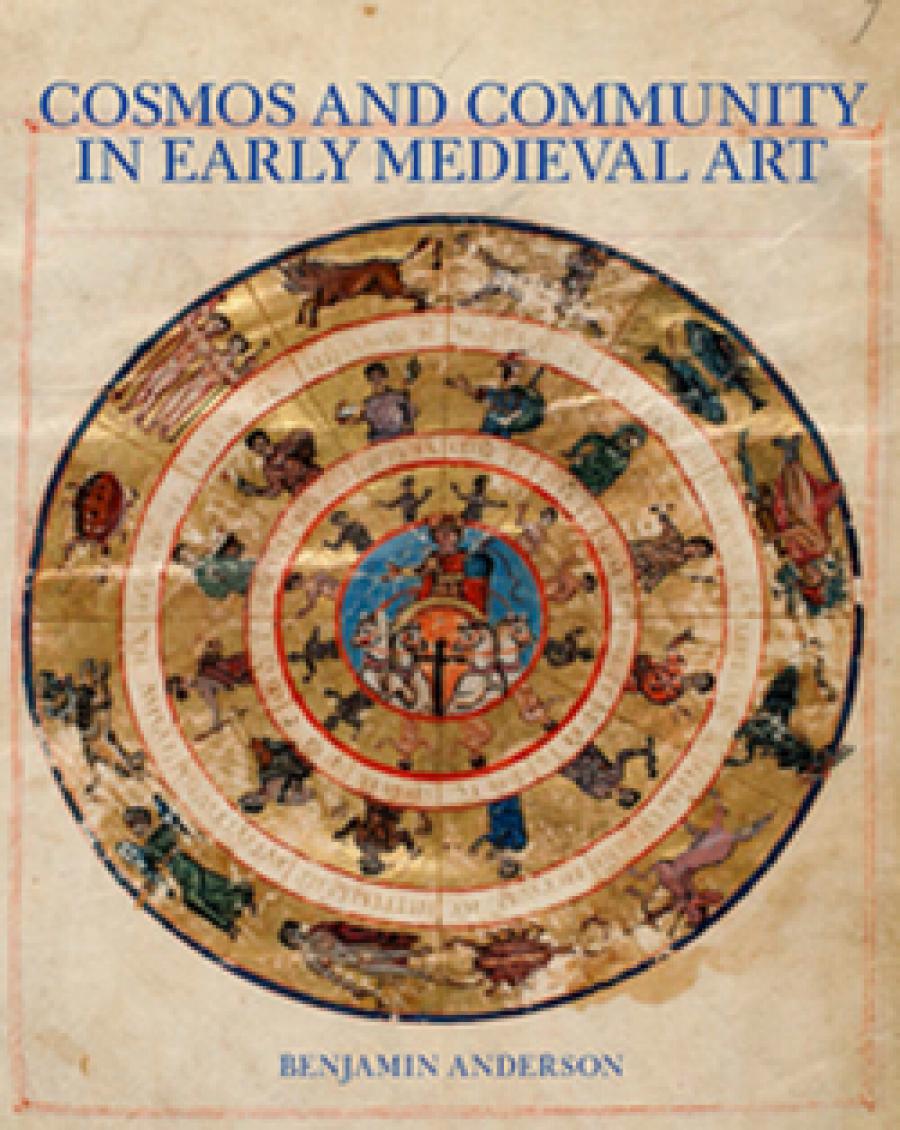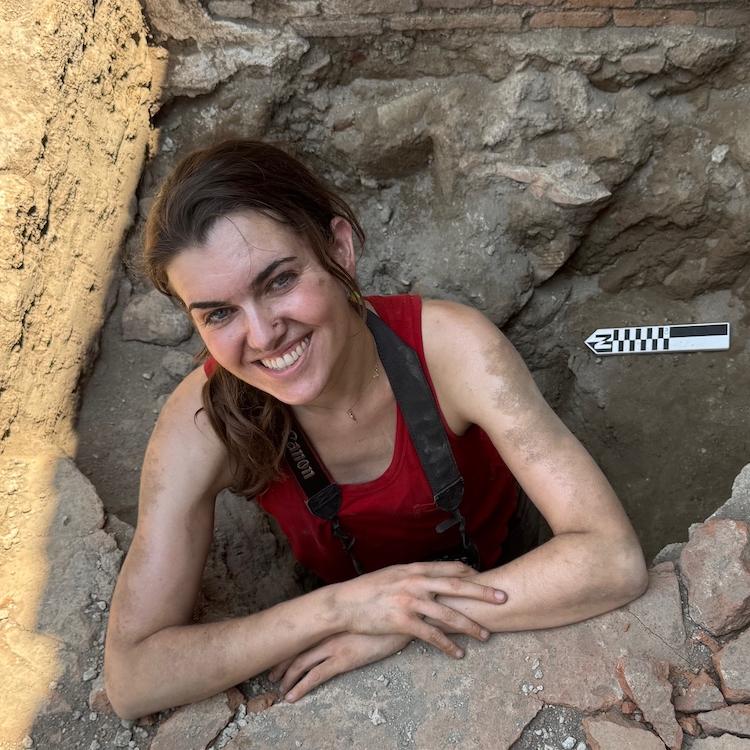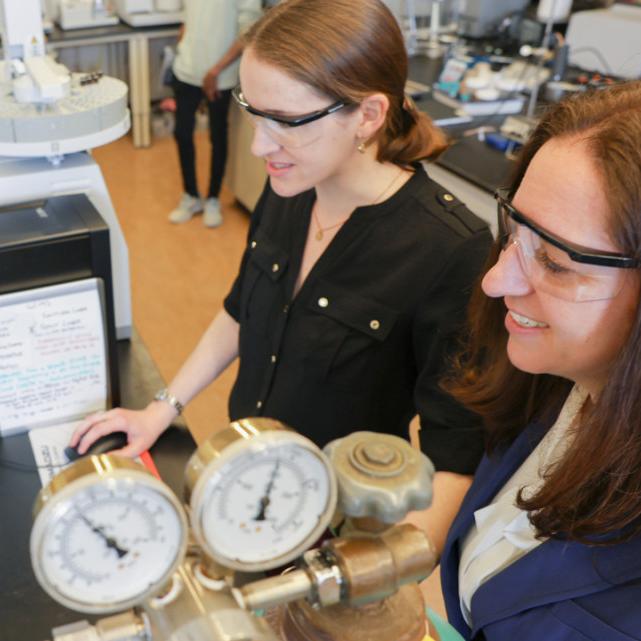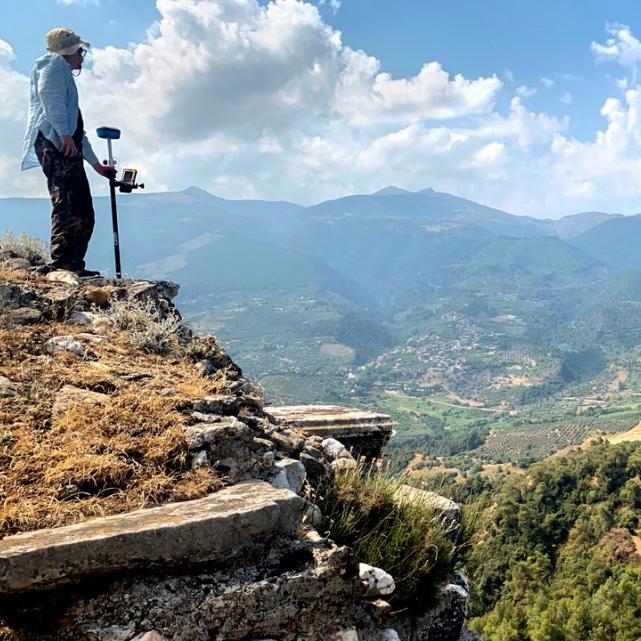Benjamin Anderson's monograph “Cosmos and Community in Early Medieval Art” has been awarded the 2020 Karen Gould Prize in Art History from the Medieval Academy of America, an award given each year for a distinguished book in the field of medieval art history.
Anderson is an associate professor in the departments of History of Art and Classics. His book addresses the reception of Greco-Roman astronomical imagery in the Byzantine, Frankish and Islamic states. It also received the Charles Rufus Morey Book Award from the College Art Association (2018).
“Anderson’s book is a welcome and long overdue re-evaluation of an imagery that seems stable in nature, but, as he subtly demonstrates, offers an array of nuances due to its different political and social functions across the early Christian-Islamic medieval world,” the Gould award citation reads.Anderson has been the David E. Finley Fellow (2009-12) and Ailsa Mellon Bruce Senior Fellow (2019) at the Center for Advanced Study in the Visual Arts, National Gallery of Art; and has received fellowships from the Deutscher Akademischer Austauschdienst, the Institute for Advanced Study and the Kunsthistorisches Institut in Florenz (Max-Planck-Institut).
Karen Gould (1946-2012) was an art historian specializing in manuscript illumination and was the author of “The Psalter and Hours of Yolande of Soissons” (Speculum Anniversary Monographs). The prize established in her name consists of a certificate and a monetary award of $1,000. Anderson will receive the prize during the Medieval Academy of America’s 2020 Annual Meeting at the University of California, Berkeley on March 28.
“ ‘Cosmos and Community’ is part of a much broader effort involving many scholars of medieval art who are working between and across traditional geographic, religious, and cultural divisions,” Anderson said. “The Medieval Academy award serves to acknowledge the vitality and significance of this project. The book’s success also owes a great deal to the professionals at Yale University Press – both the superb editors and designers, and the very high standard of color offset printing. The book they made invites readers to examine the images and to draw their own conclusions, and for this reason I’m thrilled that the prize committee explicitly praises its production.”







